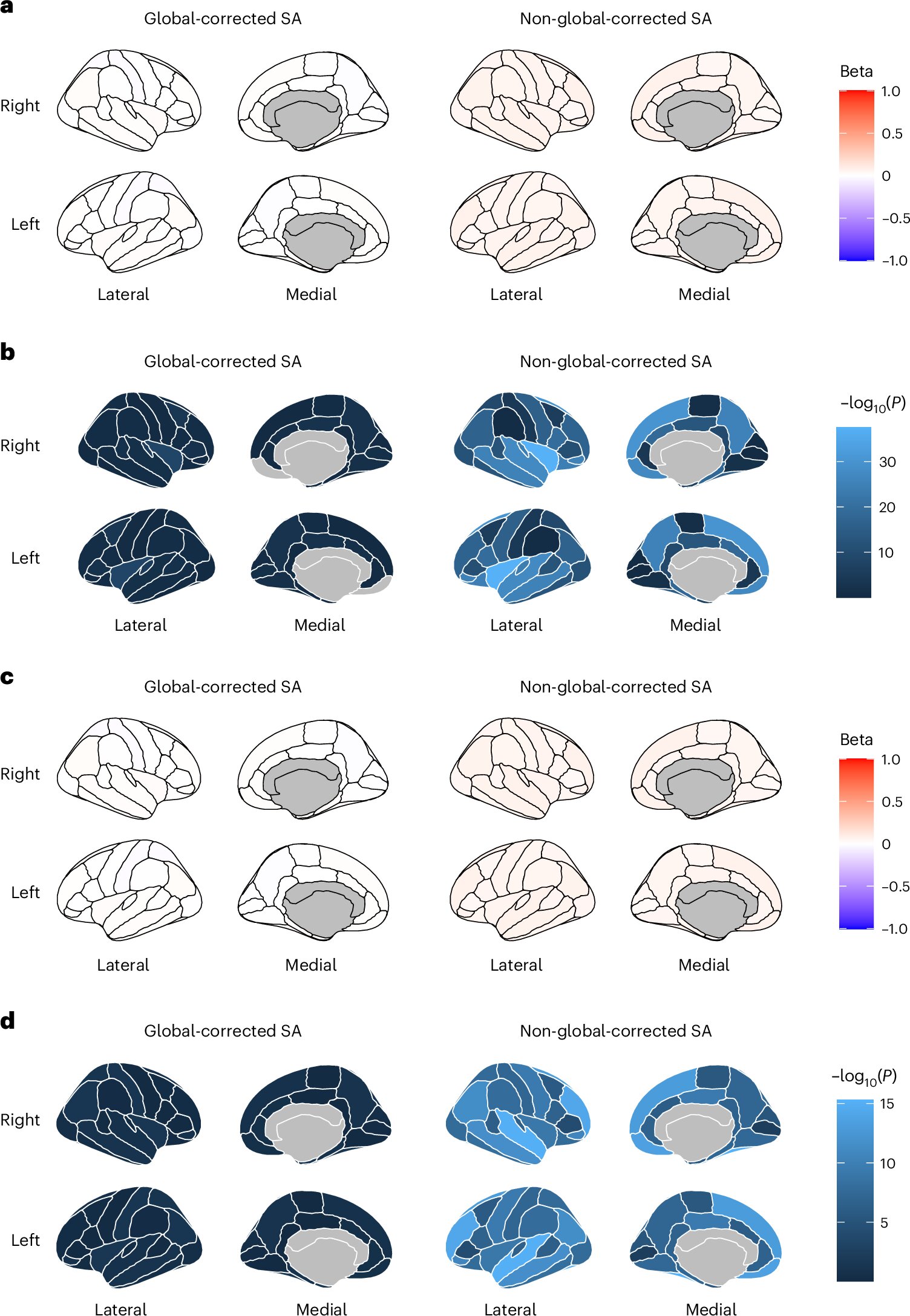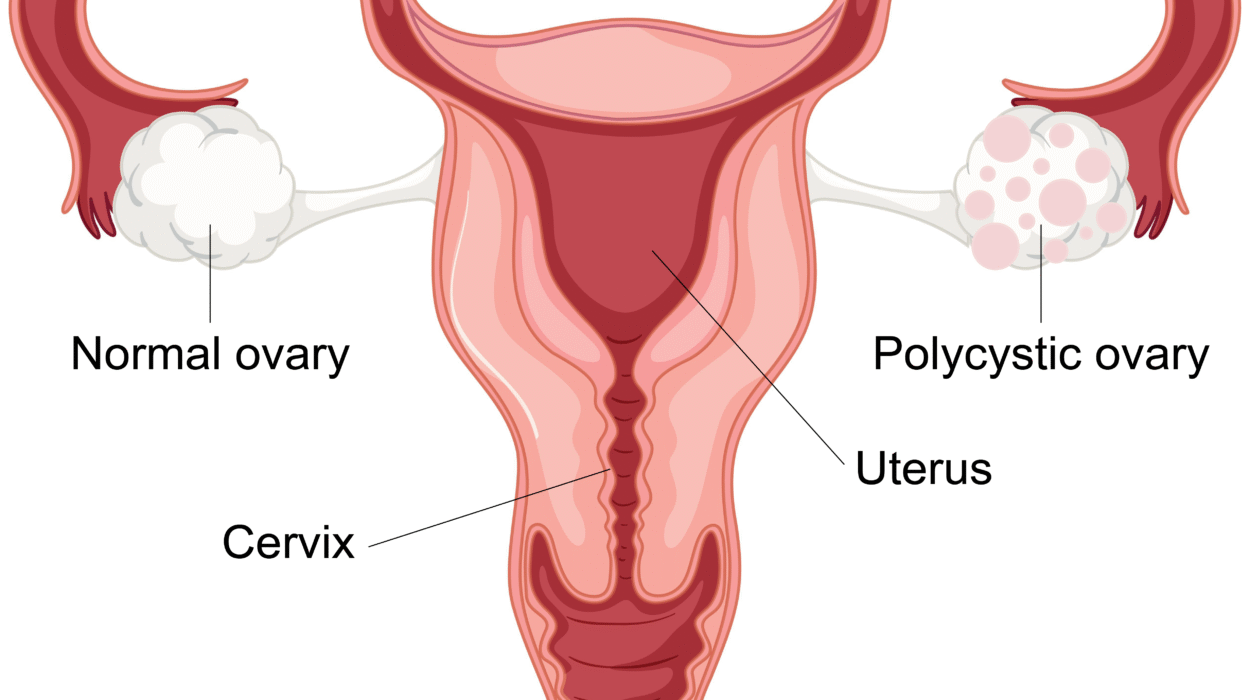Nestled beneath the curvature of our skulls lies a structure that governs every thought, decision, and perception we experience: the cerebral cortex. This wrinkled outer layer of the brain, often described as the seat of human intelligence, is not only responsible for language, memory, and consciousness—but may also hold vital clues to our mental health.
Now, in a groundbreaking study published in Nature Mental Health, an international team of researchers led by scientists from Maastricht University Medical Centre and Utrecht University has uncovered compelling evidence linking the shape and size of the cerebral cortex to a host of neuropsychiatric and behavioral traits. Their findings suggest that characteristics like total surface area (TSA) and mean cortical thickness (MCT) are not just passive features of our brain’s anatomy—but active contributors to who we are, how we think, and the conditions we may be predisposed to.
This discovery could revolutionize how we understand, diagnose, and eventually treat mental health conditions like schizophrenia, all by looking at the very architecture of the brain.
A Brain Blueprint for the Mind
At first glance, the human brain may seem like a chaotic mess of folds and grooves. But every curve and contour serves a purpose. The cerebral cortex, in particular, is where much of our higher-order processing occurs—language, logic, memory, attention, emotion. Scientists have long suspected that its shape might influence how these processes function and potentially malfunction.
Yet establishing a direct cause-and-effect relationship between brain structure and mental traits has been a monumental challenge. That’s because human behavior and mental health are influenced by a multitude of complex, interacting factors—genetics, environment, lifestyle, even chance. Teasing out which factor is truly driving a particular condition requires more than just observation. It demands causality.
This is where the new study breaks ground.
Mining the Mind: Data From 43 Countries
The research team, including Bochao Danae Lin and Yunzhi Li, tapped into a massive trove of brain data collected through the Enhancing Neuro-Imaging Genetics through Meta-Analysis (ENIGMA) project. This global effort includes brain scans, genetic profiles, and psychological assessments from people in 43 countries—making it one of the most diverse and extensive neuroscience datasets ever compiled.
The researchers didn’t just examine one or two brain regions. They analyzed 70 different measures of cortical morphology—each representing a unique piece of the brain’s structural puzzle. These were then cross-referenced with 199 different mental health, behavioral, and metabolic traits, ranging from cognitive performance to psychiatric diagnoses.
To sift through this vast data with scientific precision, the team employed a statistical technique called Mendelian randomization. This method uses natural genetic variations as a kind of built-in control group, allowing scientists to better isolate the effect of one specific trait—like cortical surface area—on another—like schizophrenia risk.
The result: a highly detailed map of how brain structure may causally influence mental health.
What the Brain’s Surface Reveals
The study’s findings are as fascinating as they are far-reaching.
First, the researchers found that total surface area (TSA) of the cerebral cortex had a positive causal effect on 18 traits, including various aspects of cognitive performance—such as memory, attention, and reasoning skills. In other words, individuals with a larger cortical surface area tend to perform better on mental tasks. While it’s long been assumed that “bigger brains think better,” this study provides some of the most compelling evidence yet to support that idea in a causal framework.
Interestingly, the effect wasn’t just one-way. The data also showed that cognitive ability can, in turn, slightly influence cortical surface area, suggesting a bidirectional relationship between how we think and how our brains are shaped.
But it wasn’t just cognitive performance that showed links to brain structure. Mean cortical thickness (MCT)—a different measure representing how dense the outer layer of the brain is—was found to have significant causal effects on five traits, most notably schizophrenia.
In fact, increased MCT appeared to reduce the risk of developing schizophrenia, making it a potentially protective feature. Even more intriguingly, MCT showed bidirectional causality with behaviors like smoking initiation. This opens up fascinating questions about how lifestyle choices might feed back into brain morphology—and vice versa.
Regionally, certain parts of the cortex stood out. For instance, the transverse temporal surface area was positively linked to cognitive performance, while thickness in that same area was negatively associated with schizophrenia risk.
These results show that not all brain structures are created equal—specific parts of the cortex may play unique roles in shaping thought and behavior.
Why These Findings Matter
Mental health conditions like schizophrenia, depression, and anxiety affect hundreds of millions of people around the world. Diagnosing these disorders typically relies on subjective assessments of behavior, which can lead to misdiagnoses or delayed treatment. A biological indicator—something visible in the brain itself—could transform that process.
This study moves us a step closer to that goal. By identifying structural features of the brain that causally influence mental traits, researchers now have new targets for early screening and intervention.
Moreover, the bidirectional relationships uncovered in this study hint at an even deeper truth: the brain is both a product and a shaper of our experiences. Just as its structure influences how we think and behave, our thoughts and behaviors may, over time, mold the brain in return.
Looking Forward: Toward Precision Neuroscience
While these findings are promising, the researchers are quick to caution that this is just the beginning. The brain remains one of the most complex systems in the known universe, and many of the observed relationships—especially those involving metabolic traits—require further exploration.
Future studies may dig deeper into how environmental factors like stress, diet, education, and even trauma interact with brain morphology. With the continued expansion of global datasets and increasingly powerful tools for analysis, the path toward precision neuroscience—tailoring mental health treatments to individual brain structures—seems more possible than ever.
As Lin and Li’s team writes, “These insights offer potential avenues for intervention studies aimed at improving brain health.”
The hope is that one day, a brain scan might not just measure what’s already there—it could predict what’s to come, guide treatment decisions, and perhaps even prevent some disorders before they take hold.
The Architecture of Who We Are
We often think of our brains as static, sculpted during childhood and fixed by adulthood. But this research reminds us that the brain is alive, dynamic, and intricately intertwined with our genes, behaviors, and environments. Its folds hold more than neurons—they hold stories. Stories of resilience, vulnerability, thought, and potential.
As science continues to decode this mysterious organ, one truth becomes increasingly clear: the shape of the brain may shape the mind, but understanding that shape may also hold the key to healing it.
And in that revelation lies the future of mental health.






